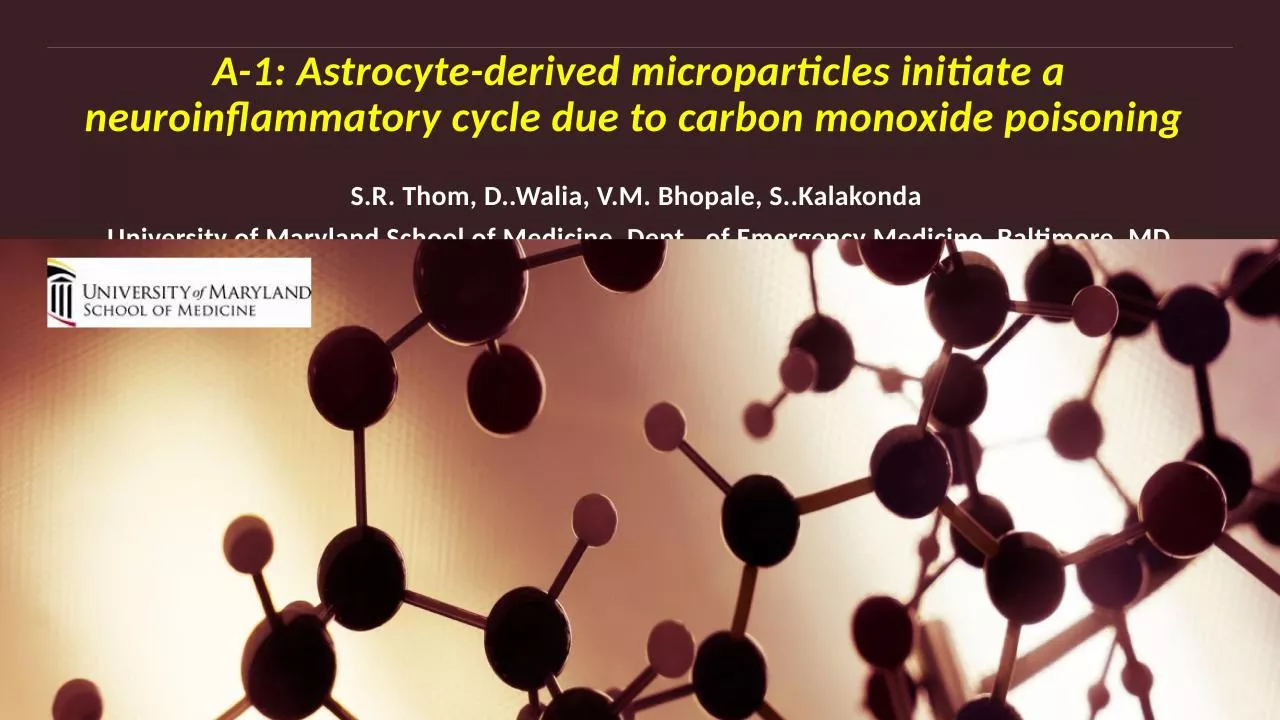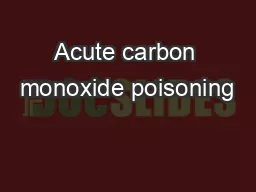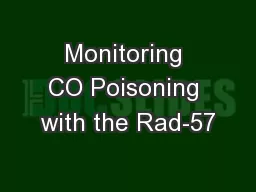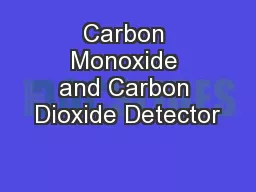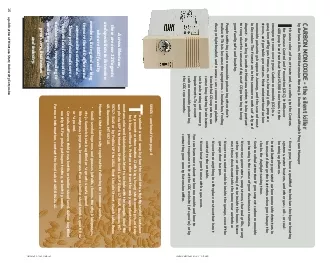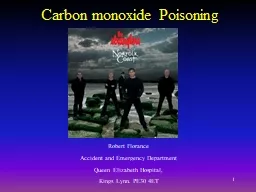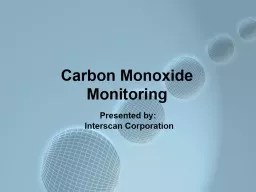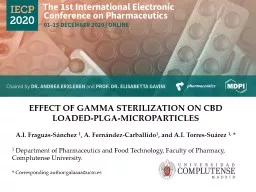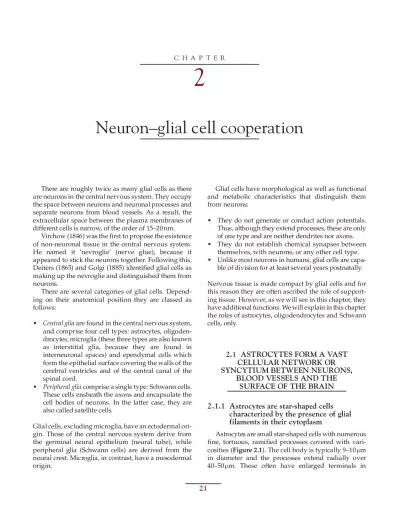PPT-A-1: Astrocyte-derived microparticles initiate a neuroinflammatory cycle due to carbon
Author : mary | Published Date : 2024-01-03
SR Thom DWalia VM Bhopale S Kalakonda University of Maryland School of Medicine Dept of Emergency Medicine Baltimore MD Introduction We hypothesized that
Presentation Embed Code
Download Presentation
Download Presentation The PPT/PDF document "A-1: Astrocyte-derived microparticles in..." is the property of its rightful owner. Permission is granted to download and print the materials on this website for personal, non-commercial use only, and to display it on your personal computer provided you do not modify the materials and that you retain all copyright notices contained in the materials. By downloading content from our website, you accept the terms of this agreement.
A-1: Astrocyte-derived microparticles initiate a neuroinflammatory cycle due to carbon: Transcript
Download Rules Of Document
"A-1: Astrocyte-derived microparticles initiate a neuroinflammatory cycle due to carbon"The content belongs to its owner. You may download and print it for personal use, without modification, and keep all copyright notices. By downloading, you agree to these terms.
Related Documents

